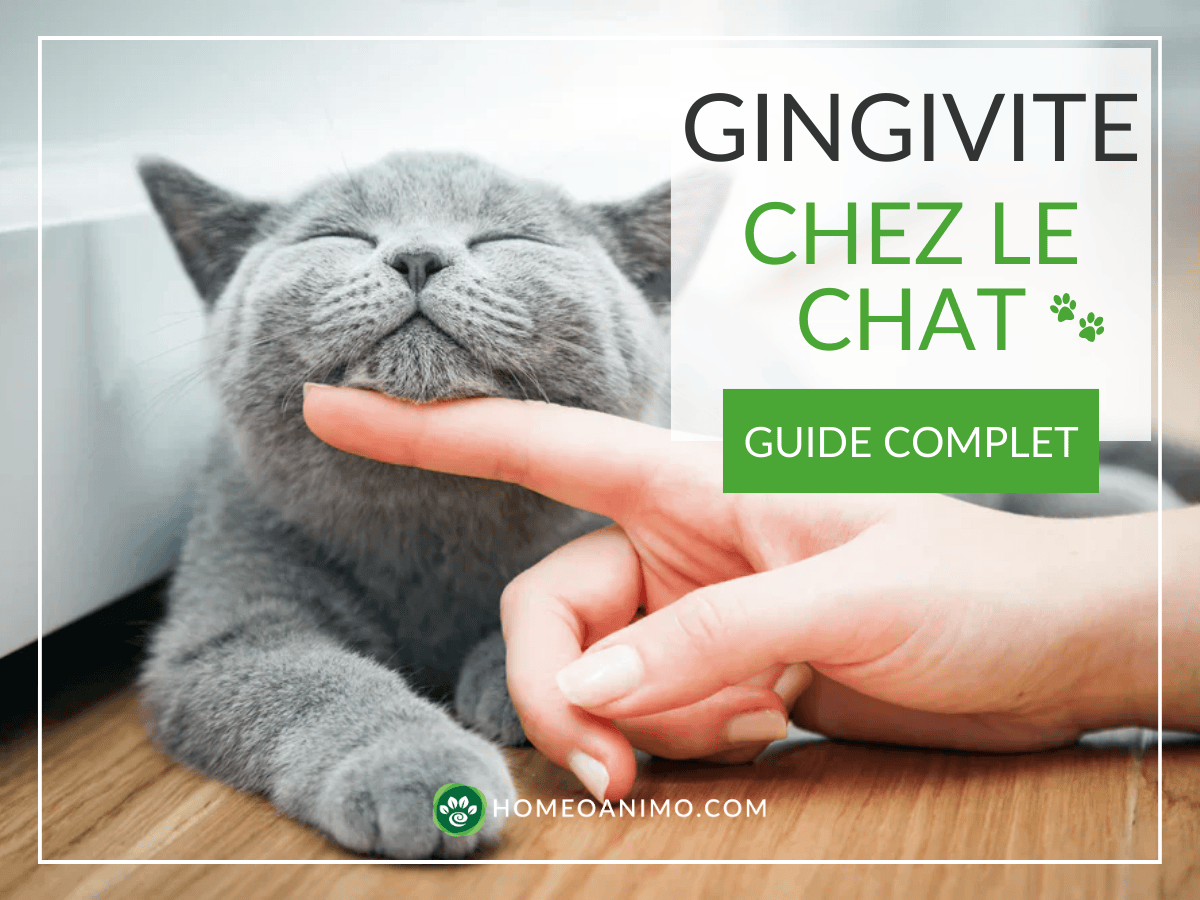
Cat Gingivitis: Natural Remedies, Symptoms & Prevention 2025
Feline gingivitis is one of the most common oral health problems your little feline may face at some point in their life.
That doesn’t mean we should take a flare of gingivitis lightly when it appears unexpectedly. It’s important to note that this condition can easily become serious for your pet without proper care and attention.
That’s why I wrote this complete, easy-to-read blog post about gingivitis in cats. It will help you better understand what this condition is, what can trigger it, and the symptoms to watch for.
In addition, I’m sharing the best information found in our online research as well as a list of simple methods that will naturally help your precious kitty avoid gingivitis. So read on to learn more.
First, let’s determine exactly what feline gingivitis is.
What is feline gingivitis?

Feline gingivitis is a type of oral disease characterized by inflammation of the gums. Besides making the gums red or pale, it can also make them look puffy.
Although it’s considered common in cats, if left untreated, this condition can progress to a more serious form called periodontal disease. The latter doesn’t just cause severe damage to the soft gum tissues; it also attacks the bones that hold your cat’s teeth in place.
Contrary to what many think, feline gingivitis doesn’t only affect senior cats. It can affect any cat, regardless of age, sex, or breed. Older cats do seem more vulnerable.
Now that we’ve set the stage, let’s talk about the factors that can trigger gingivitis in cats…
What causes gingivitis in cats?

There are six (6) factors that can trigger gingivitis in felines. Let’s briefly outline each one.
Diet
Your cat’s eating habits can significantly contribute to gingivitis. Some foods speed up the buildup of dental plaque on the tooth surface. If not removed, plaque can become a hideout for harmful bacteria.
Contrary to popular belief, plaque buildup isn’t only caused by sugary products like cakes and candies. Relatively wholesome foods such as whole-grain bread and dried fruits can also contribute.
When in doubt, remember that too much of a good thing can be counterproductive—and harmful—for your little feline.
Genetics
Studies suggest that genes and heredity play a role in a cat’s vulnerability to gingivitis. This means your cat could be predisposed to this oral health problem if one or both biological parents were affected.
Infectious diseases
While feline gingivitis is usually triggered by bacteria trapped in plaque, certain side effects of infectious diseases can also set it off.
Thrush, for example, is an oral yeast infection caused by an overgrowth of Candida albicans. While thrush typically affects the tongue and palate, the fungus can spread to the gums and cause gingivitis.
Significant injury or trauma
When a cat suffers an injury or trauma involving the mouth, the gums and teeth are likely affected as well. Harmful bacteria can then get into crevices of the damaged tissues and trigger gingivitis.
Poor oral hygiene
Considered the most common cause of feline gingivitis, poor oral hygiene allows constant plaque buildup. If not addressed, bacteria hosted in this plaque eventually penetrate the gums.
Without appropriate care and attention, these bacteria end up causing pain, redness, and swelling of the gums—classic signs of gingivitis in cats.
Tooth development and alignment issues
Chipped, broken, or misaligned teeth can also create small lesions in and around the gums. These lesions tend to worsen over time—especially if left untreated—leading to the onset of feline gingivitis.
Now let’s look at the indicators of feline gingivitis you should watch for…
What are the symptoms of feline gingivitis?

While red, swollen gums are undoubtedly the most important indicator of gingivitis, there are several other signs to keep in mind. Common symptoms include:
- Constant drooling
- Sudden lack of interest in food or reduced appetite
- Prefers to isolate or hide
- Noticeable bad breath (halitosis)
- Frequently pawing at the mouth and cheeks
- Visible difficulty eating or chewing
- Weight loss
Now to a question many cat parents have asked me recently: is gingivitis painful for cats?
Is feline gingivitis painful?

Surprisingly, the short answer is: it depends.
It’s not uncommon for a healthy cat (with good oral hygiene) who develops gingivitis to experience only minor side effects. Apart from brief episodes of mild pain or discomfort here and there, the condition may not worsen.
However, it’s a different story for a cat that’s not in great health and has poor oral hygiene. Once gingivitis appears, the side effects tend to be very severe and painful for the affected feline. It can even progress unexpectedly to a more serious condition (e.g., periodontal disease).
Let’s now see whether gingivitis will resolve on its own without intervention…
Does gingivitis go away on its own?
As noted earlier, the duration and severity of gingivitis in cats largely depend on two factors: the cat’s overall health and well-being, and their oral hygiene.
Beyond the fact that a healthy cat with good oral hygiene will likely experience only minor effects, the duration of the disease is also significantly reduced thanks to a more active immune system.
In short, it can seem as if the disease has cleared up on its own.
In reality, whether the cat is healthy or not, neglecting proper care and attention when gingivitis appears can potentially lead—sooner or later—to far more serious health issues. See the Merck article on feline gingivitis.
In the next part of our discussion, I’ll share some natural methods that will not only help your kitty avoid gingivitis but also soothe them during a flare…
Are there natural remedies to protect my cat from gingivitis?

When it comes to feline gingivitis, here are some of the simplest and most relevant steps to include in your at-home care checklist:
Regular oral checks help fight gingivitis effectively
Feline gingivitis is rather tricky, in part because it’s usually detected only once adverse effects (gum swelling, pain) have already appeared.
And because cats are so good at hiding illness, gingivitis is often discovered when symptoms are already advanced. However, regular checks of the teeth and gums can help catch problems early (International Cat Care guide).
Simply check for chipped or broken teeth, bad breath, or signs of bleeding in and around the gums. If you do this as gently and carefully as possible, all should go well.
Don’t forget to offer your cat a treat as a thank-you for being so sweet.
Vary your cat’s diet
What’s particularly concerning about feline gingivitis is that your cat’s diet can, in one way or another, trigger this condition. As noted earlier, this health issue can be triggered regardless of the specific foods they regularly eat.
The fact is that varying your cat’s diet is one way to help prevent gingivitis. Be sure to offer a balanced amount of wet and dry food, and limit sweets and treats.
Besides helping your companion avoid gingivitis, dietary variety also helps prevent obesity and other weight-related health problems.
It’s important to note that “varying” doesn’t mean “reducing.” As long as your cat stays within an ideal weight, it’s perfectly fine to let them enjoy favorite foods and snacks occasionally—in moderation.
Build a consistent oral-hygiene routine
Contrary to what many cat parents think, maintaining good oral hygiene for your kitty doesn’t have to be difficult or time-consuming (see PetMD – Gingivitis in Cats).
After meals, gently wipe your cat’s teeth and gums with a cotton swab moistened with water. This helps ensure there aren’t leftover food particles that could trigger gingivitis.
Another technique is to use a cat-specific toothbrush and toothpaste. Keep your motions very gentle and avoid applying too much pressure.
Whichever method you prefer, both options require a brief adjustment period for your cat. Patience is key.
Aloe vera soothes and supports gum repair
According to a study published by the National Center for Biotechnology Information (NCBI), the natural analgesic and anti-inflammatory properties of aloe vera not only helped soothe plaque-induced gingivitis but also supported healing of damaged soft tissues.
To use aloe vera for gingivitis relief, choose a mature leaf and wash it thoroughly. I recommend selecting a leaf from the outermost layer, as these usually contain the most gel. After washing, carefully peel off the outer skin.
Then grate the piece to extract the gel. You can apply the gel directly to the affected gums or use it as a toothpaste substitute.
Calendula helps reduce dental plaque
Another NCBI study highlighted that calendula (also known as “marigold”) contains various flavonoids and polyphenols with anti-inflammatory, healing, and antimicrobial properties.
To use calendula, steep dried flowers in a bowl of hot water for at least ten (10) minutes, or until the liquid turns amber. Let it cool completely.
You can use this calendula infusion as a substitute for water or cat toothpaste.
Coconut oil helps deter bacteria and inflammation
The NCBI also noted in another study that coconut oil contains a large amount of lauric acid, whose “anti-inflammatory and antimicrobial effects have been demonstrated.”
Beyond helping inhibit harmful bacteria in the mouth, the authors also noted it can slow plaque formation.
To use coconut oil for feline gingivitis relief, be sure to choose extra-virgin, food-grade oil. Moisten a cotton swab with the oil and gently dab the affected gums.
Be sure to include the tongue and inner cheeks as well, since extra-virgin coconut oil soothes damaged tissues.
Ginger supports a better response to inflammation and oxidative stress
As the NCBI also reports, ginger is rich in phenolic compounds such as paradol, gingerol, shogaol, and β-bisabolene, which have antioxidant and anti-inflammatory properties. These compounds have shown activity in periodontal conditions.
To use ginger, peel and grate a thumb-sized piece. Keep the juice—it contains many of the beneficial phenolic compounds. Mix the grated ginger into your cat’s regular meals. Blend well, since raw ginger can taste spicy if eaten alone.
You can also add a few drops of ginger juice to your cat’s water. Keep in mind that ginger juice should be generously diluted, as it can be too pungent in its raw state for your pet’s palate.
Turmeric is a powerful anti-inflammatory
Another NCBI study highlighted that beyond its “anti-inflammatory, antioxidant, antibacterial, antiviral, and antifungal properties,” turmeric also helped “reduce plaque index (PI) and gingival index (GI), and can therefore be used in the prevention and relief of gingivitis.”
To use turmeric for feline gingivitis, finely slice a finger-sized piece and steep it in a cup of hot water for at least fifteen (15) minutes. Let the mixture cool completely. Don’t worry if it turns a pronounced reddish hue—this is normal and doesn’t affect taste or benefits.
You can use this turmeric tea as a substitute for your kitty’s water. Be sure to remove the turmeric pieces before serving.
A great natural option to add to your at-home cat care checklist

GencivAnimo – Gold Formula is specifically designed to support healthy gums, maintain healthy teeth and periodontium, and promote overall oral comfort.
In addition, GencivAnimo – Gold Formula consists of four (4) HomeoAnimo products—GencivAnimo, Beldents, SilverPet, and TonicAnimo #4. Let’s briefly look at each one:
- GencivAnimo supports gum health.
- Beldents helps keep teeth clean and breath fresh, maintaining a healthy periodontium.
- SilverPet supports gum health while helping the immune system.
- TonicAnimo #4 supports oxygenation throughout the mouth for optimal comfort.
What makes GencivAnimo – Gold Formula really convenient is that GencivAnimo and Beldents can be sprayed directly into your cat’s mouth or mixed into their water.
As for SilverPet, you can apply it directly to the affected area (i.e., sore, swollen gums) or spray it into your feline’s water. Another option is to spray directly into the mouth.
For TonicAnimo #4, simply determine the number of pellets to use based on your cat’s size, crush them, and mix into food or water.
Customer experience
Corinne
Using GencivAnimo
"I use GencivAnimo to complete the recovery from my cat’s severe gingivitis, which had required partial surgery. For 2 months now, he has been taking GencivAnimo; he’s doing very well and has regained all the weight lost over a year and is thriving. He is 15 years and 9 months old."
This kind of feedback shows that natural solutions can play an important role in our companions’ well-being.
Watch our video:
How to prevent gingivitis in cats?

Preventing gingivitis is essential to spare your cat pain and complications. Good oral hygiene can significantly reduce the risk of gum inflammation and periodontal disease.
- Regular tooth brushing: Gradually accustom your cat to brushing with a feline-specific toothbrush and toothpaste.
- Appropriate diet: Choose quality food, possibly including kibbles formulated to help reduce tartar.
- Frequent veterinary checkups: Regular dental exams help detect early signs of gingivitis.
- Natural dental products: Integrate natural solutions to support gum health.
- Chew toys: Provide safe chew toys that promote chewing and help remove plaque.
By putting these habits in place now, you can protect your cat’s dental health and improve their quality of life and overall well-being.
FAQ – Gingivitis in cats
Is feline gingivitis reversible?
In early stages, yes: a veterinary dental cleaning and a regular oral-hygiene routine often bring significant improvement.
My cat has very bad breath—does that mean gingivitis?
Not always. Halitosis can also be linked to other issues (teeth, digestion…). Book a full oral exam.
What early signs should I watch for?
Red, swollen gums, bad breath, drooling, discomfort when chewing, reduced appetite, weight loss.
Are natural remedies enough?
They are complements to veterinary care. In case of marked pain, bleeding, or appetite loss, consult promptly.
Conclusion
That wraps up our discussion on feline gingivitis. We hope this information helps you care for your companion.
If you’re worried your pet may be dealing with a health issue, our Free Pet Health Recommendation can help. Our Natural Health Advisors will offer guidance and recommend products and treatment options best suited to your pet’s needs.
External sources
- Merck Veterinary Manual – Gingivitis in Cats
- Cornell Feline Health Center – Feline Dental Disease
- PetMD – Gingivitis in Cats: Symptoms, Causes & Treatment
- International Cat Care – Dental disease in cats
- National Center for Biotechnology Information (NCBI) – Coconut oil: anti-inflammatory and antimicrobial effects
- National Center for Biotechnology Information (NCBI) – Aloe vera for plaque-induced gingivitis





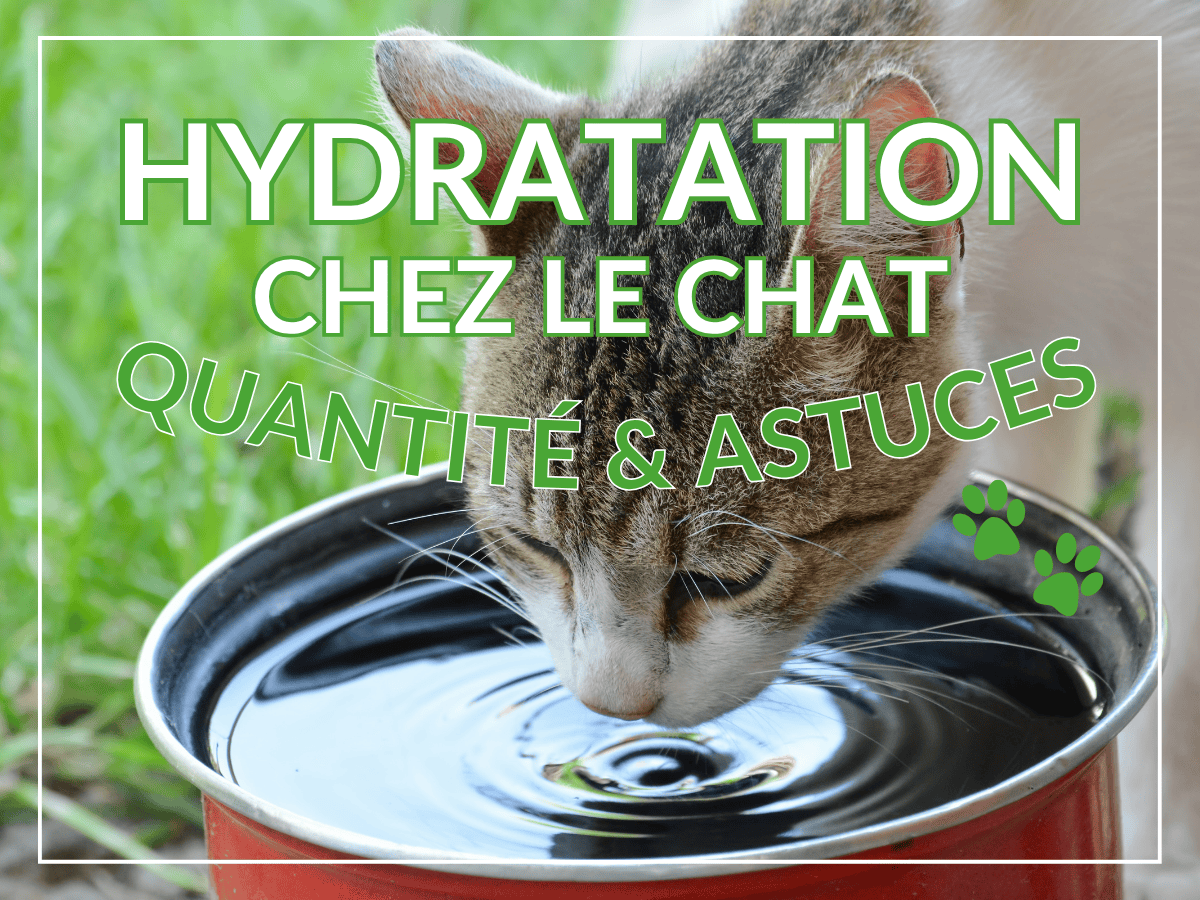

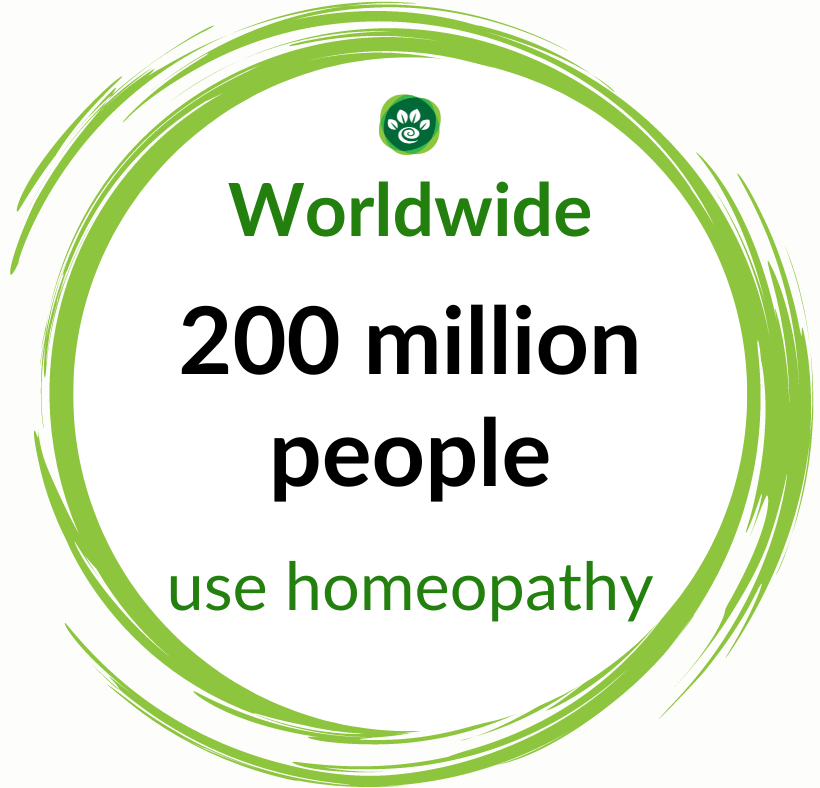
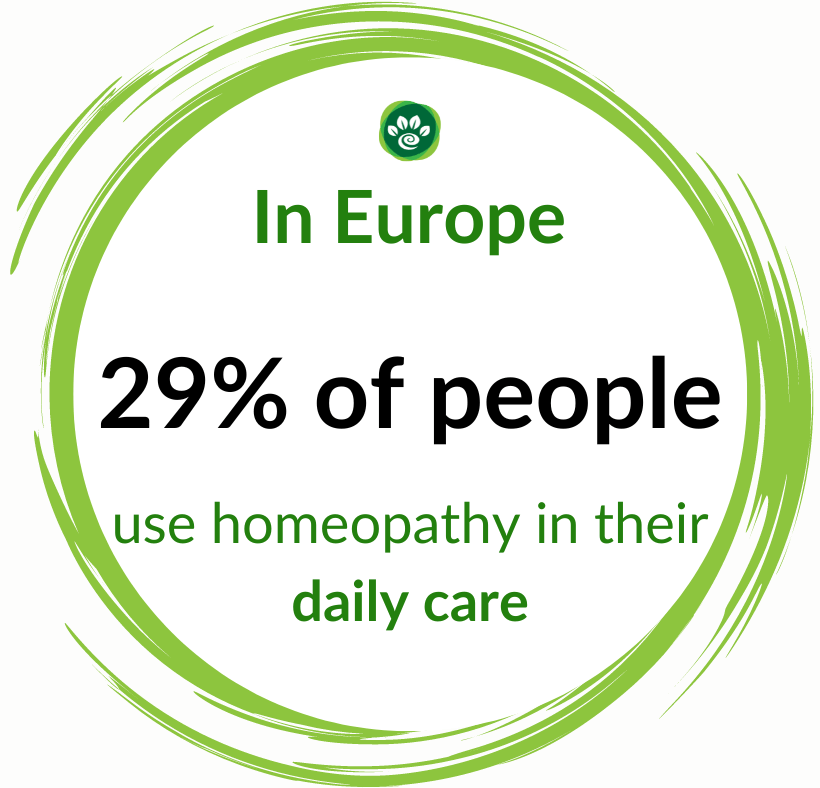
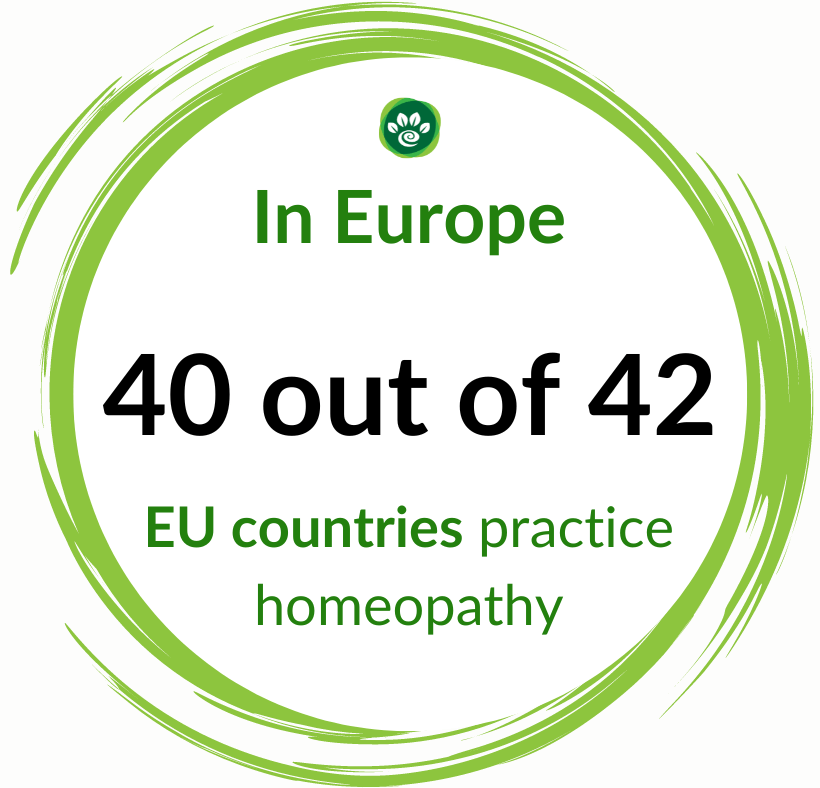
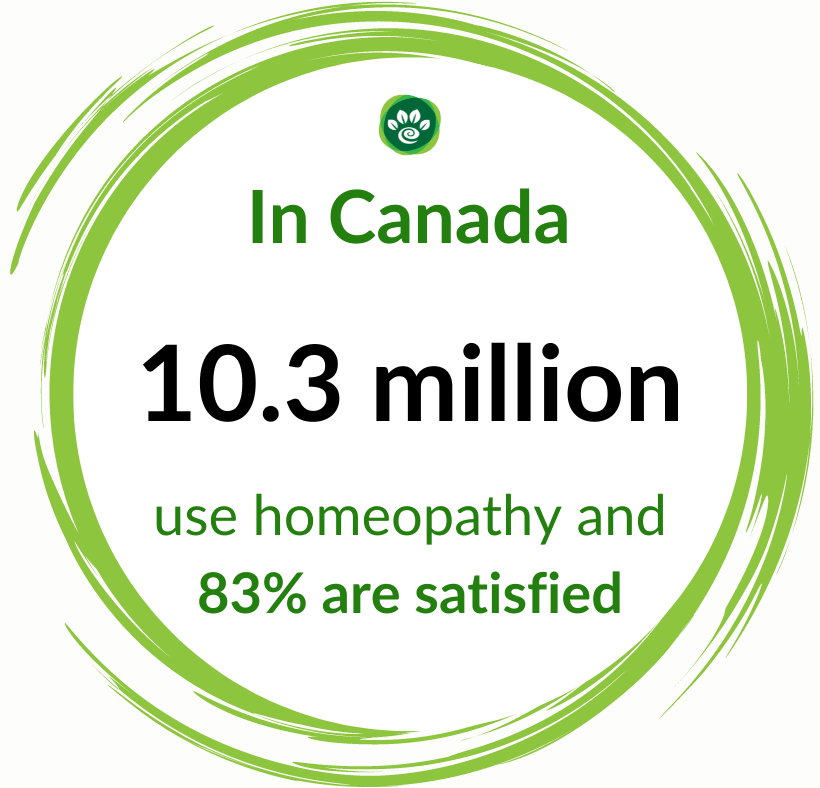
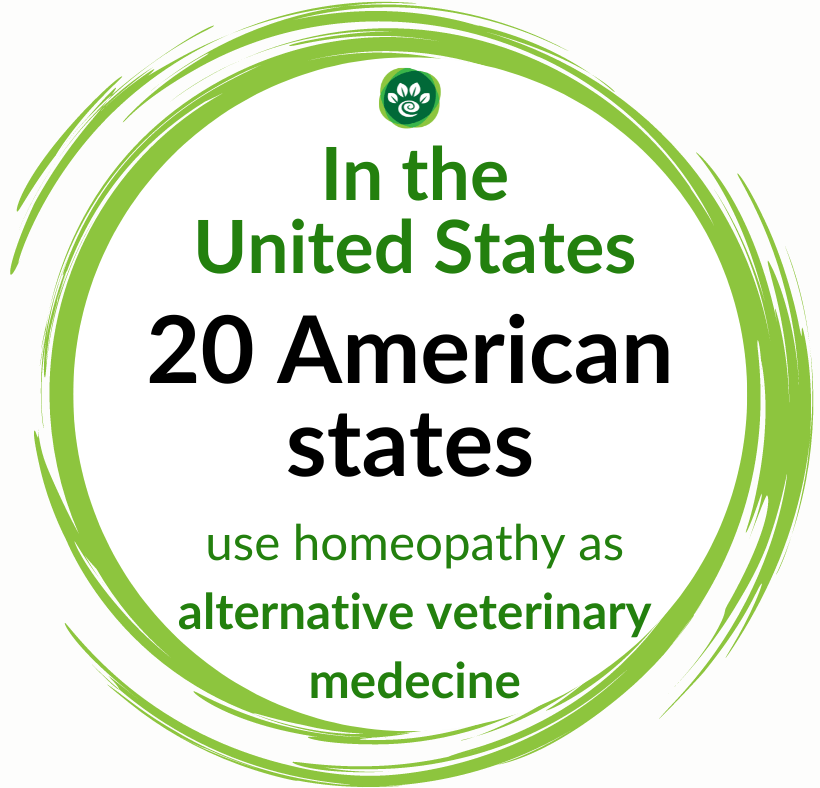










4 comments
Bonjour Nora, je suis désolée pour votre chat et son problème de gingivite chronique. Merci de nous avoir contactés. Nous vous enverrons un email pour aider votre chat. Nous espérons avoir de vos nouvelles bientôt !
HomeoAnimo
Bonjour, mon chat Maine Coon depuis son jeune âge souffre comme la dame cité plus haut de gingivite chronique. Que me conseillez vous comme méthode car deux vétos sur 3 m’ont annoncé comme solution d’arracher toutes les dents. Et parmis eux se trouve le veto qui le surveille depuis sont jeune âge jusqu’à maintenant. 3 ans. Merci pour votre aide.
Nora
Bonjour Chantal, Merci d’avoir contacté Homeoanimo! Je viens de vous envoyer une réponse par email pour aider votre chat siamois avec sa gingivite. Nous espérons avoir de vos nouvelles bientôt. Passez une bonne journée!’.
Homeoanimo
Bonjour, mon chat siamois souffre d’une gingivite chronique depuis qu’il est BB. Il bave beaucoup, a TRES mauvaise haleine , les gencives rouges mais mange des aliments mous et quelques croquettes.
Cortisone et antibiotiques améliorent mais je souhaiterais trouver un traitement moins nocif. Que proposez vous? Je vous remercie. Cordialement.
Chantal
Allemang Chantal
Leave a comment
This site is protected by hCaptcha and the hCaptcha Privacy Policy and Terms of Service apply.